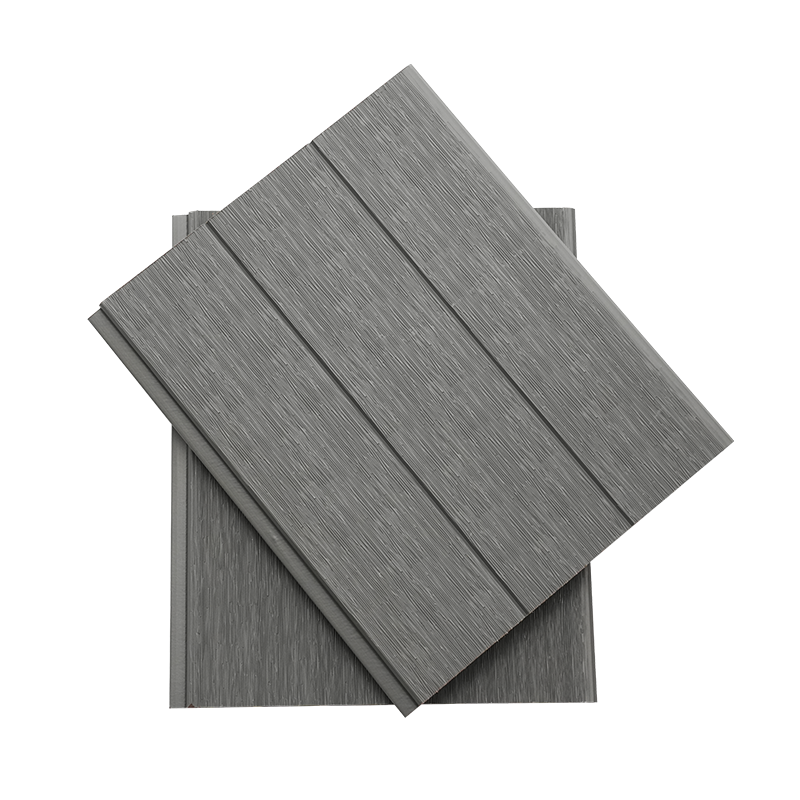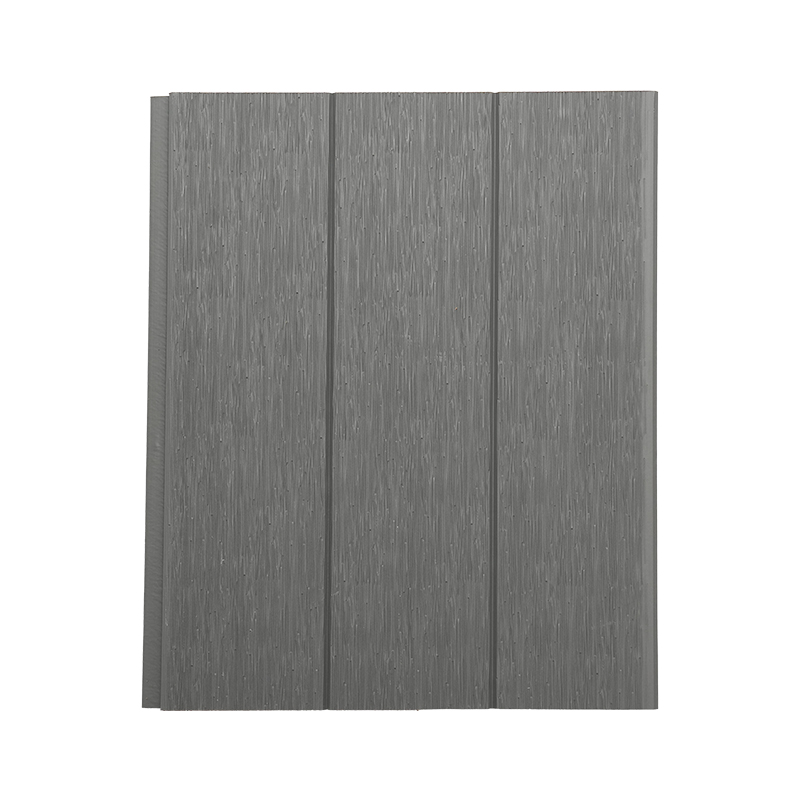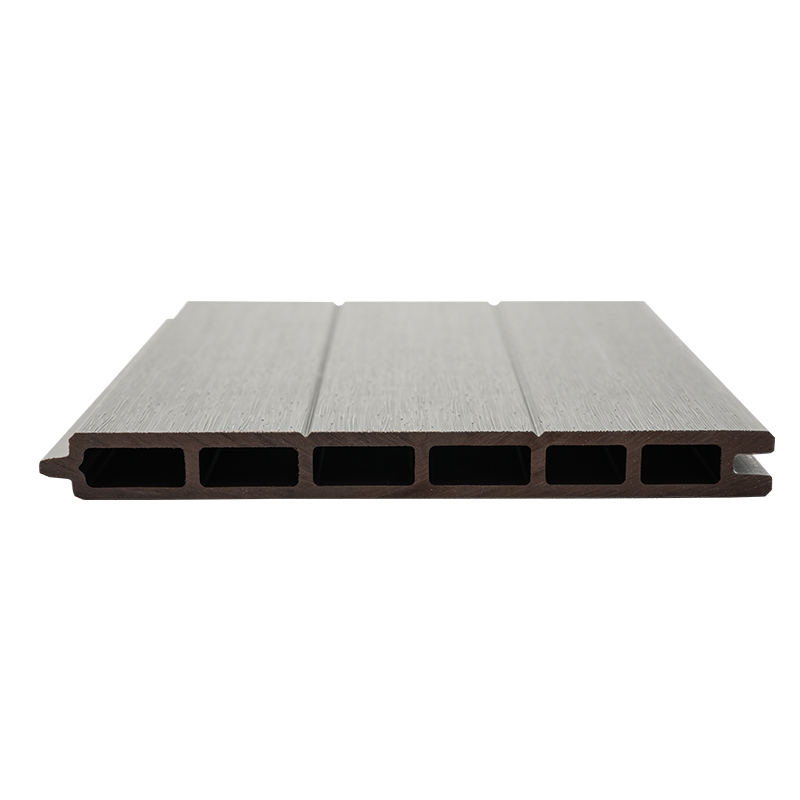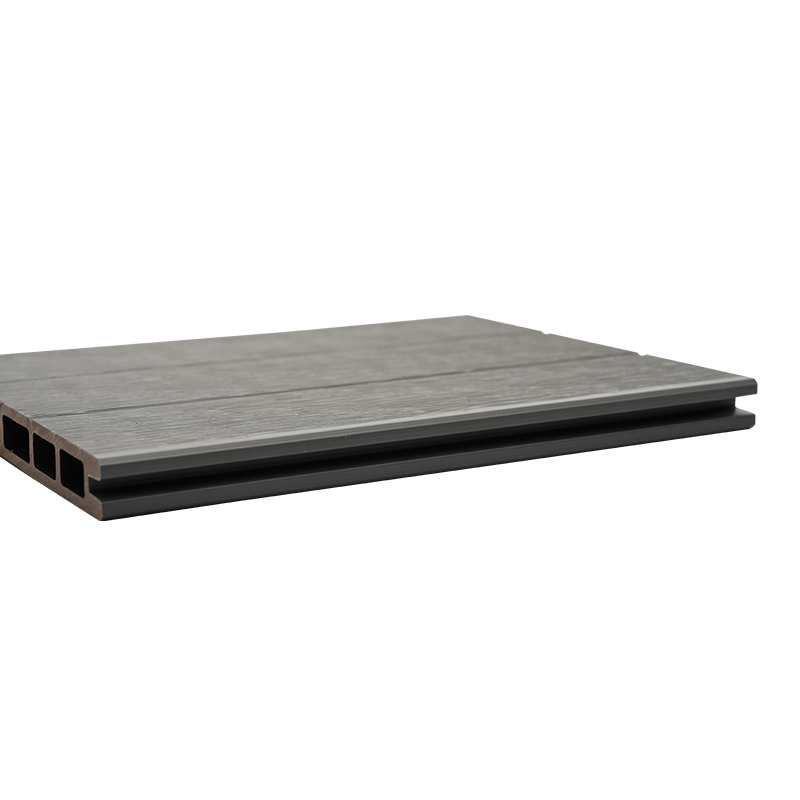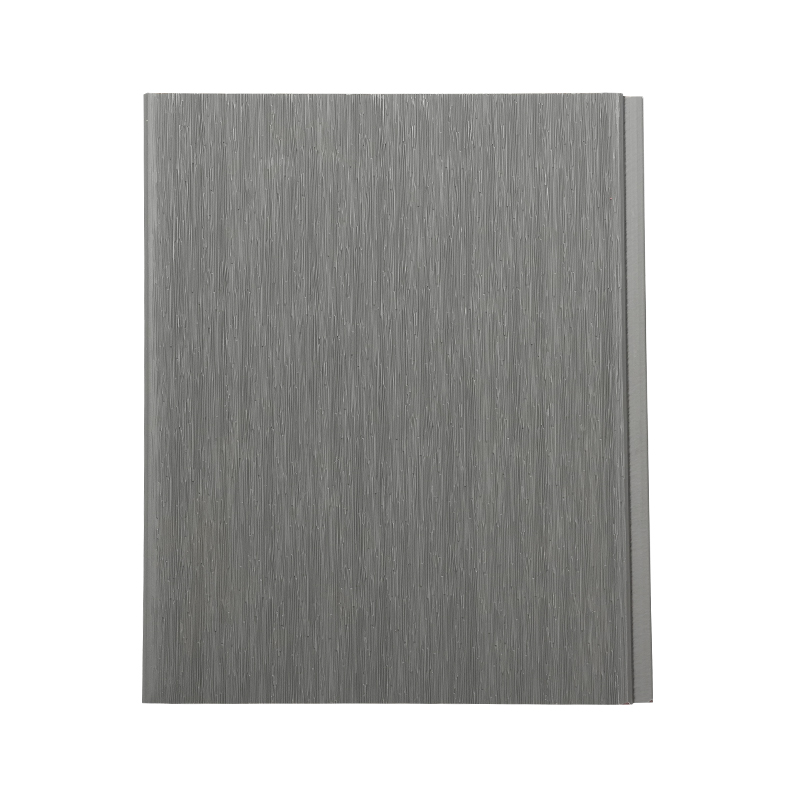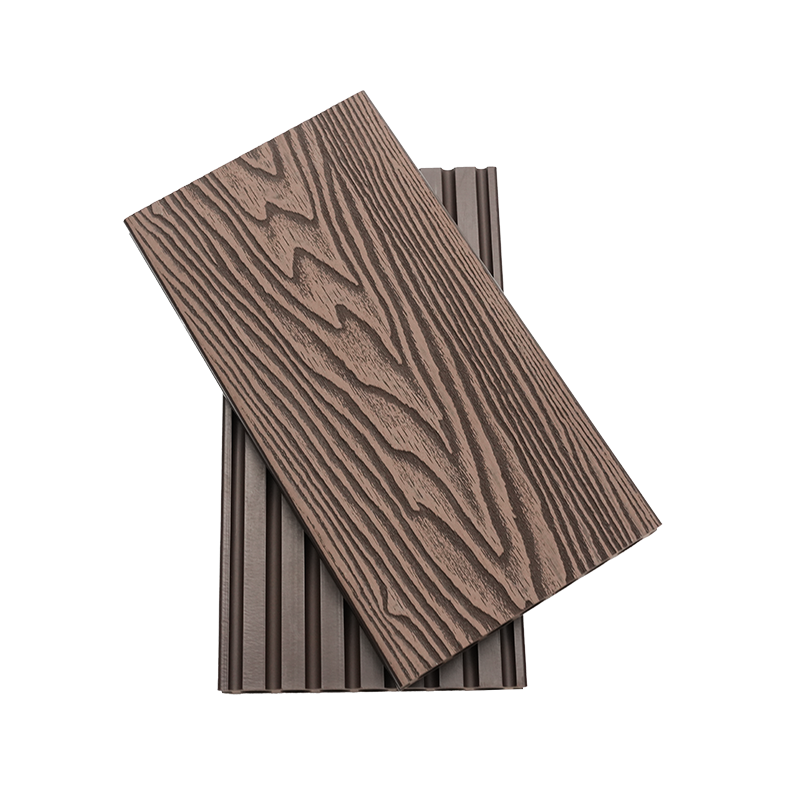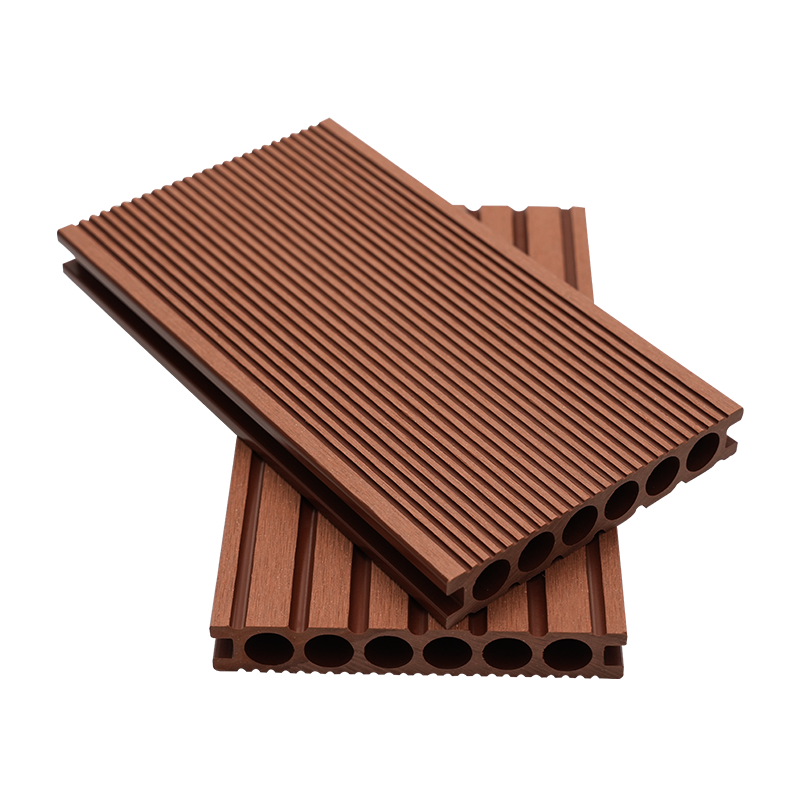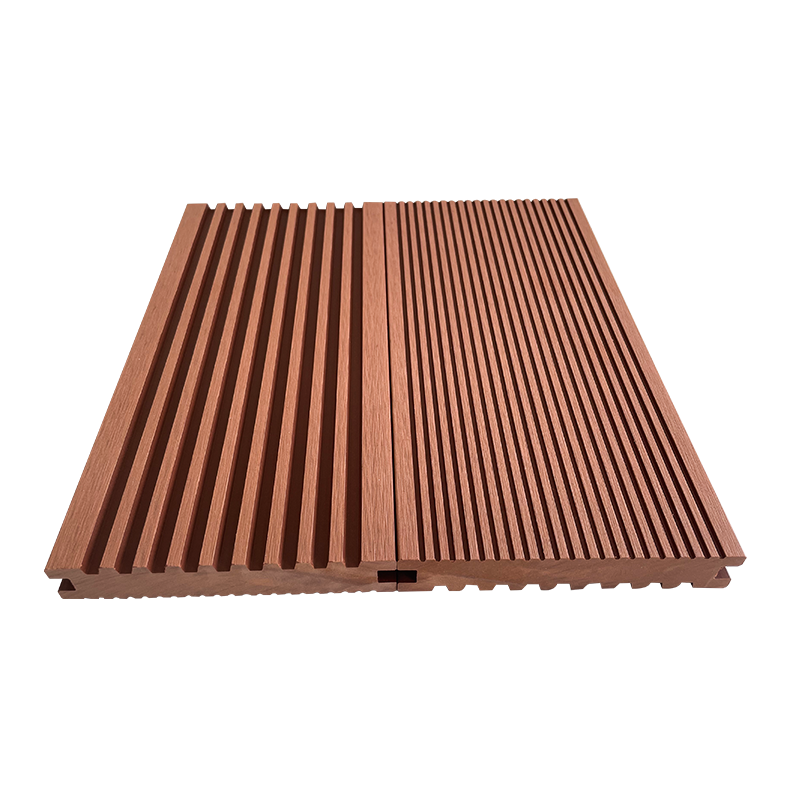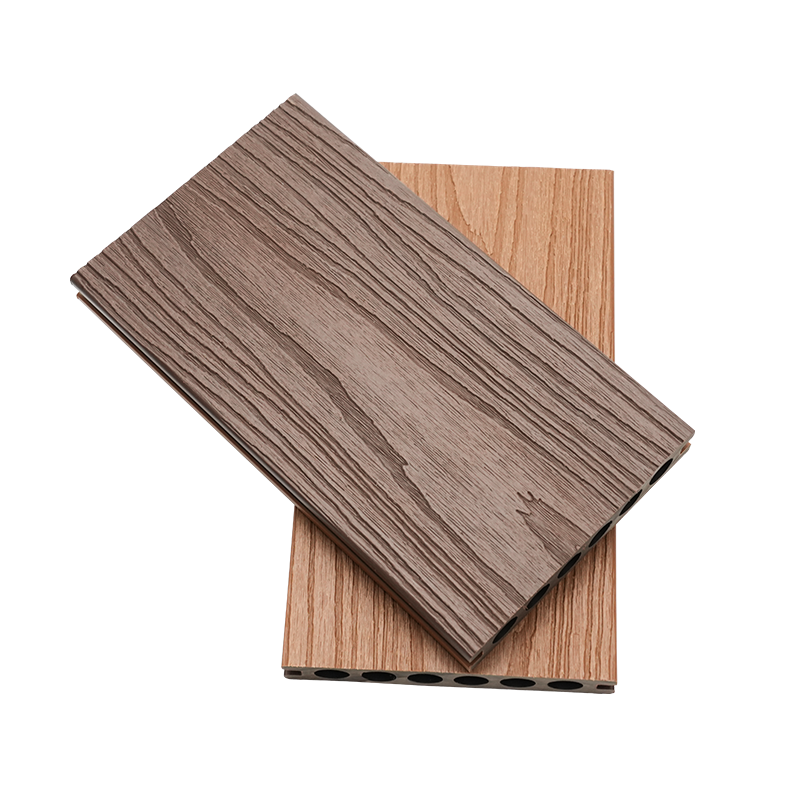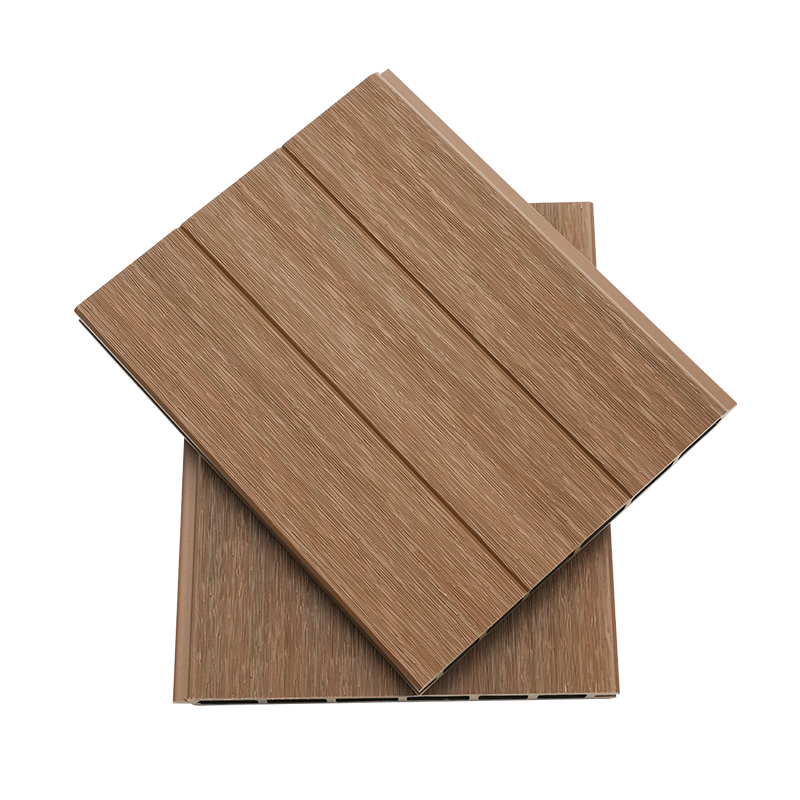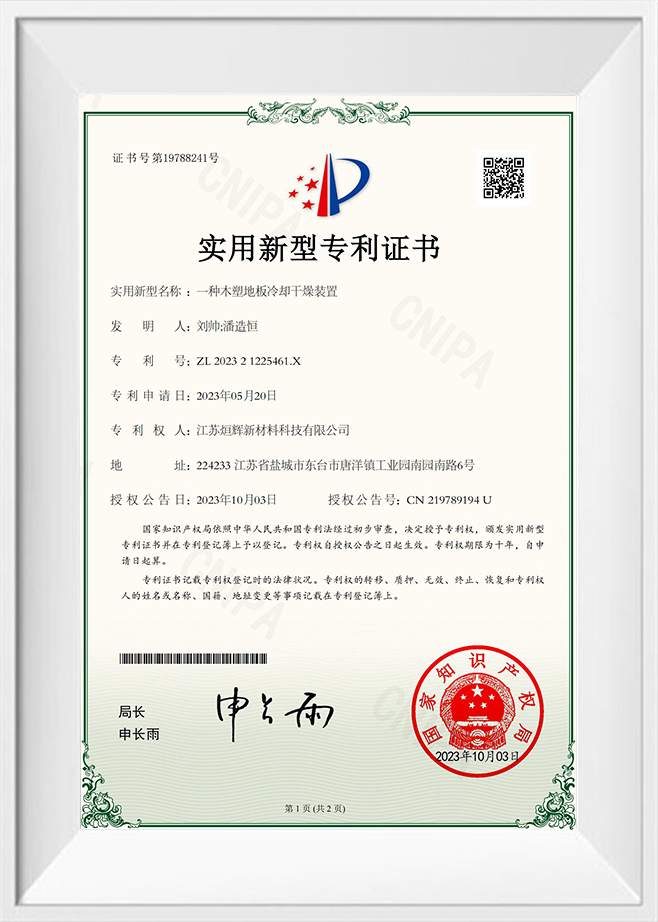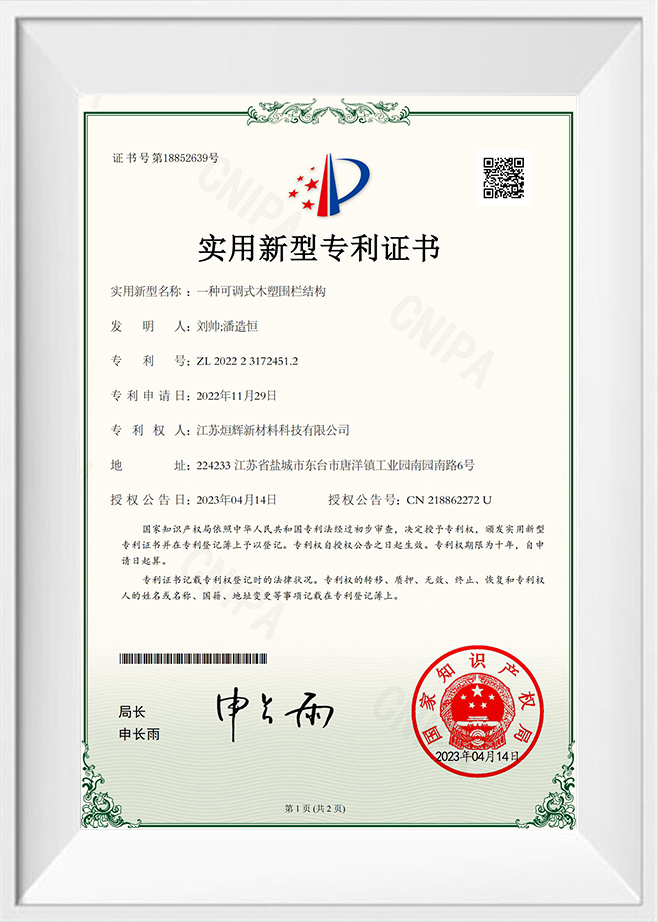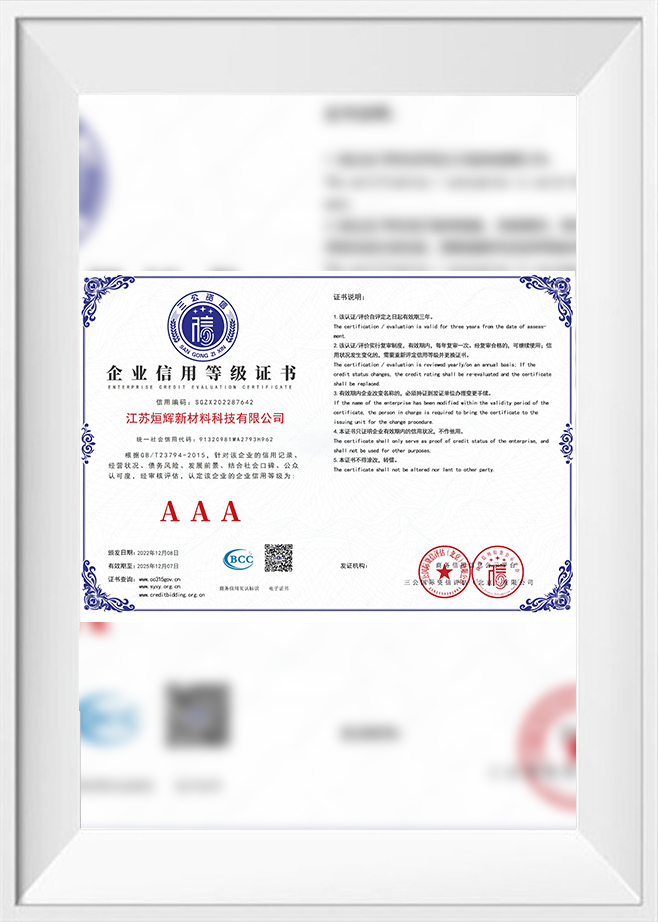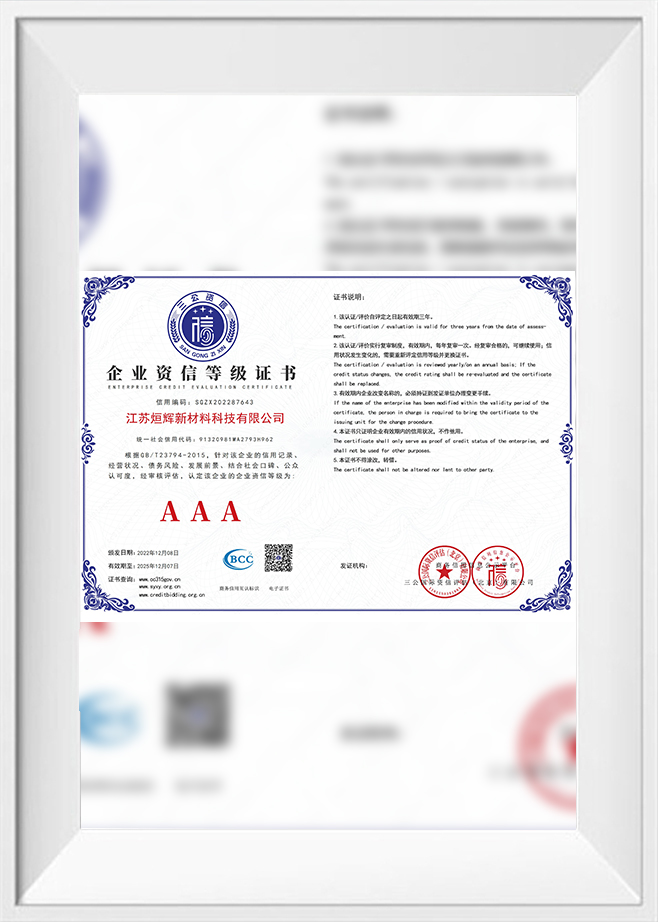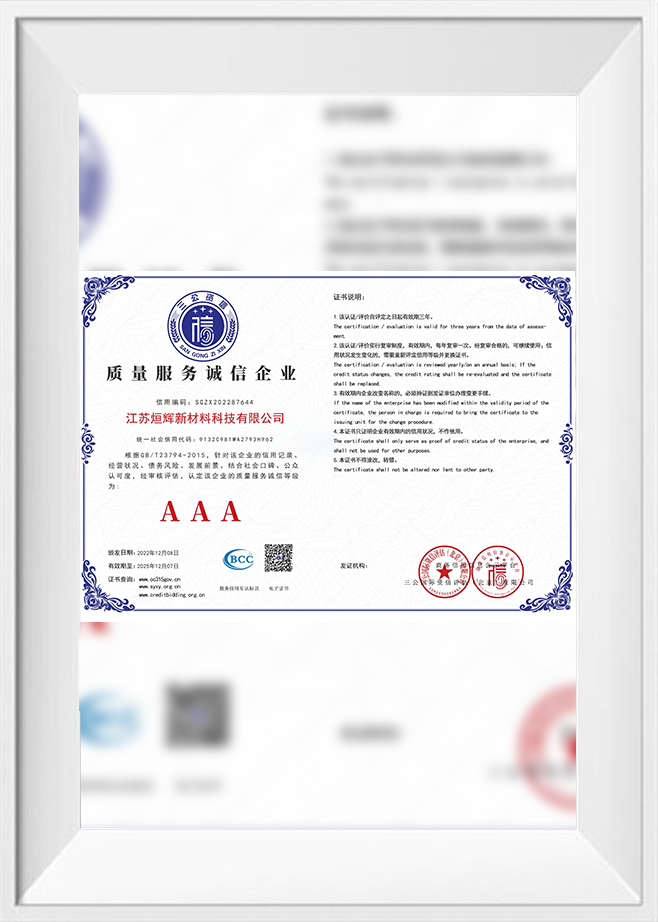Is Semi-Privacy WPC Composite Fence Board the Ideal Balance of Security and Style?
The Modern Fencing Dilemma
When planning outdoor spaces, property owners often struggle with a fundamental question: How can boundaries provide enough privacy without making an area feel walled-in? Traditional timber fences give warmth but demand constant upkeep. Solid walls guarantee seclusion but often look heavy and oppressive. Pure plastic fencing may last longer but usually lacks authenticity. This is why Semi-Privacy WPC Composite Fence Board has been gaining momentum as an intelligent, middle-ground solution that blends style, security, and sustainability.
The Semi-Privacy Concept Explained
Unlike full-privacy barriers, semi-private fences feature intentional spacing between boards, patterned cut-outs, or lattice-style segments that allow filtered light and airflow. Typically blocking 50–70% of external views, this design creates a softer balance: homeowners enjoy a sense of seclusion without feeling boxed in.
From a design-science perspective, this structure disrupts direct sightlines while still letting movement and brightness filter through. At the same time, wind load on the panels is reduced by up to 40% compared to solid fences, improving structural stability in open or storm-prone areas.
Material Science Behind Composite Fencing
The boards are crafted from a blend of recycled wood fibers and thermoplastics such as polyethylene or polypropylene. During production, the fibers are cleaned, refined, and fused with polymers in an extrusion process that also forms the semi-open profile. Stabilizers, UV protectants, and pigments are added to ensure weather resistance and consistent appearance.
Key performance indicators include:
- Density range of 1.1–1.3 g/cm³, giving excellent rigidity while remaining lighter than timber.
- Water absorption below 2%, compared to 15–25% for untreated wood.
- Superior dimensional stability, resisting warping, splitting, or swelling even under extreme outdoor conditions.
Benefits in Real-World Applications
Semi-private composite fencing offers a unique package of functional and aesthetic advantages:
- Wind resistance: Gaps reduce surface pressure, preventing structural strain.
- Thermal stability: Open design minimizes expansion stress from heat.
- Moisture protection: Unlike wood, it won’t rot or harbor termites.
- Safety and comfort: The airflow prevents damp buildup, moderating microclimates in enclosed yards or pool areas.
- Visual appeal: Consistent color and grain patterns maintain elegance while hiding minor scratches.
Installation Insights
To maximize performance, semi-private fencing requires careful installation:
- Posts are usually spaced closer (6–8 feet apart) than for full-privacy fences.
- Hidden fastener systems are recommended to keep spacing precise and maintain clean lines.
- Concrete footings should be slightly deeper to balance wind dynamics.
- A gentle slope in framing ensures proper drainage and long-term stability.
While lighter than brick or concrete walls, these systems are robust enough for residential, commercial, and even municipal projects.
Environmental and Sustainability Factors
The environmental profile of composite semi-private fencing is a major contributor to its rising demand:
- High recycled content (up to 90%), reducing landfill waste.
- Energy-efficient production, requiring less energy than PVC alternatives.
- Long lifespan (25+ years), minimizing replacement frequency.
- Recyclable at end-of-life, fitting into circular economy principles.
Additionally, the partially open design has ecological benefits—it allows wildlife passage, plant growth, and air circulation, creating harmony between human privacy needs and environmental continuity.
Industry Innovations and Global Adoption
As urban density increases worldwide, demand for balanced fencing solutions is accelerating. Manufacturers are investing in better formulations, advanced UV stabilization, and enhanced recyclability.
For instance, Jiangsu Xuanhui New Material Technology Co., Ltd. in China has refined extrusion techniques to achieve precise spacing, consistent surface patterns, and superior weather resistance. Their research represents a wider trend in the fencing industry: combining aesthetics, sustainability, and engineering science to redefine outdoor boundaries.
Practical Use Cases
- Residential homes: Ideal for pool enclosures, gardens, and patios where privacy and supervision need to coexist.
- Commercial settings: Hotels, restaurants, and resorts use semi-private fencing to maintain an inviting atmosphere without sacrificing security.
- Public spaces: Schools, parks, and community facilities apply it for defined perimeters that still allow visibility for safety oversight.
Conclusion: A Smarter Standard for Outdoor Boundaries
The Semi-Privacy WPC Composite Fence Board delivers a rare combination of benefits: the comfort of seclusion, the elegance of open design, and the durability of advanced composite materials. Its semi-open structure ensures airflow and light, while the composite formulation provides resistance to weather, pests, and time.
For homeowners, architects, and developers seeking fencing solutions that offer security without isolation and style without excessive maintenance, this system stands out as a practical, sustainable, and future-ready choice. As innovation in composite technology continues, semi-private fencing is poised to become a leading standard in modern landscape architecture.


 English
English Español
Español عربى
عربى

